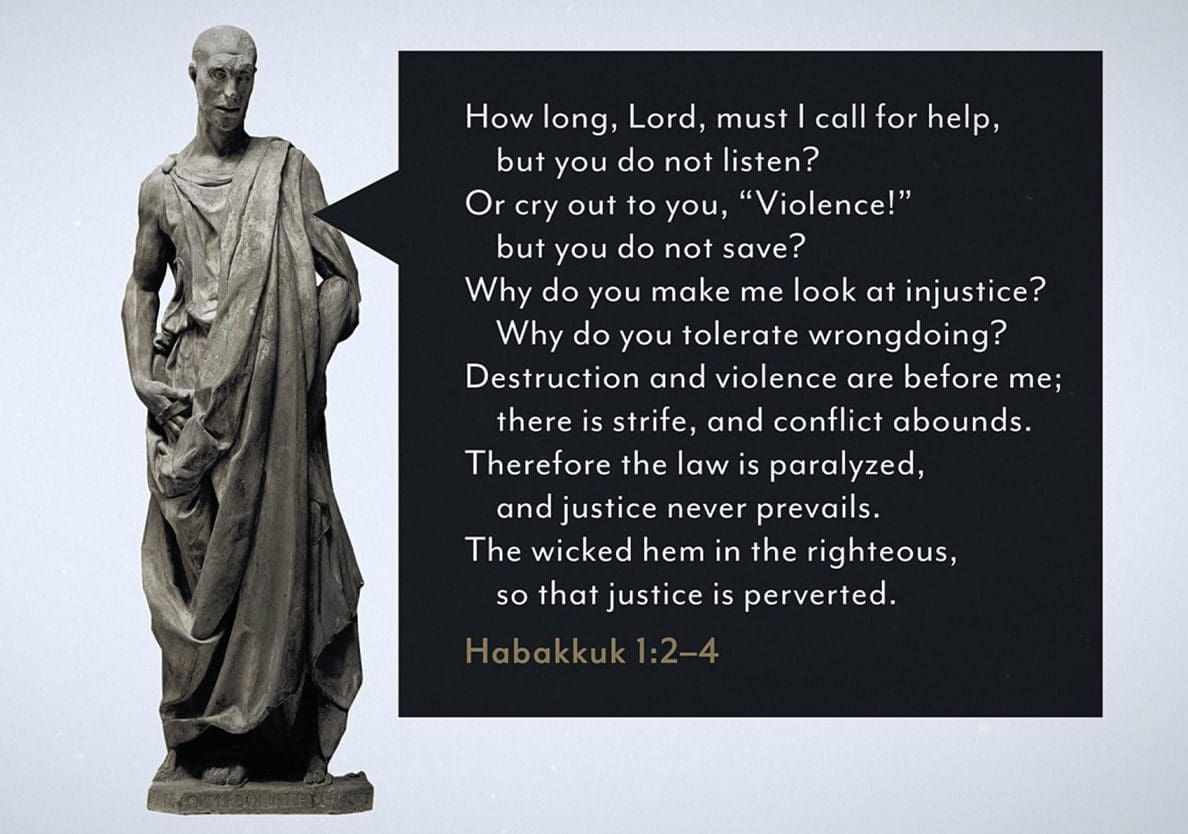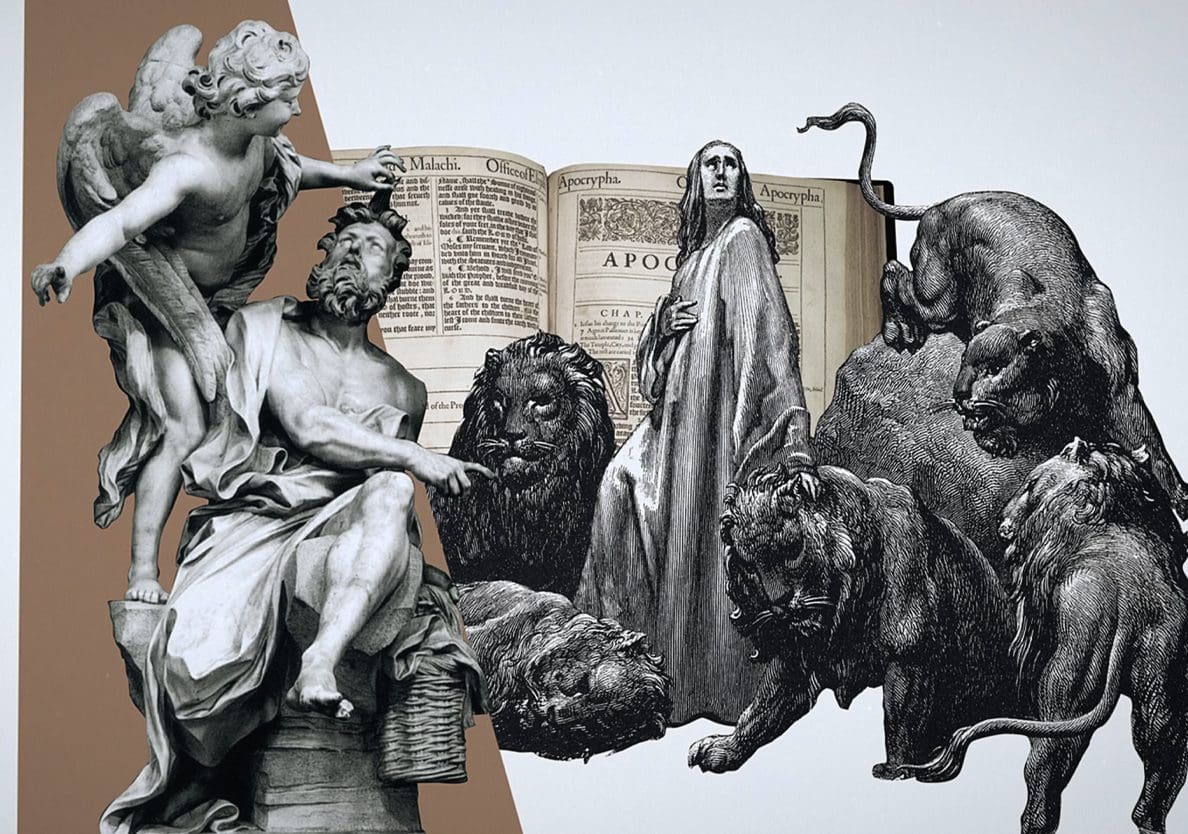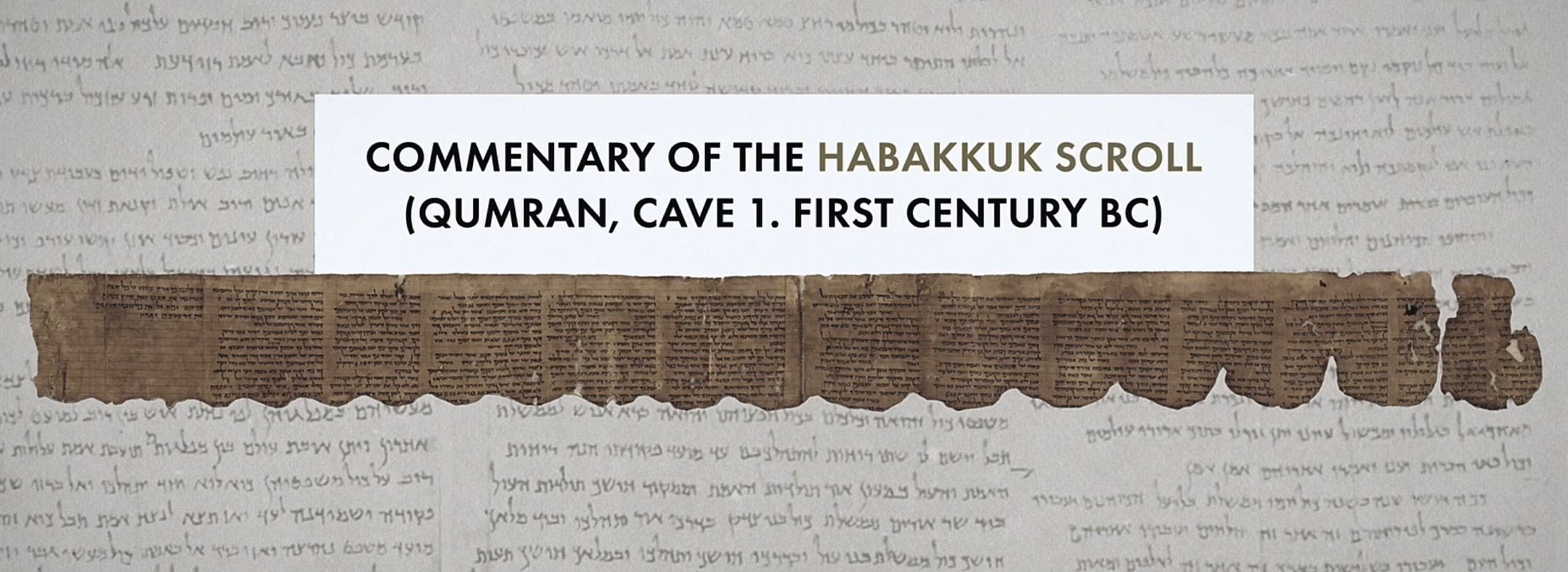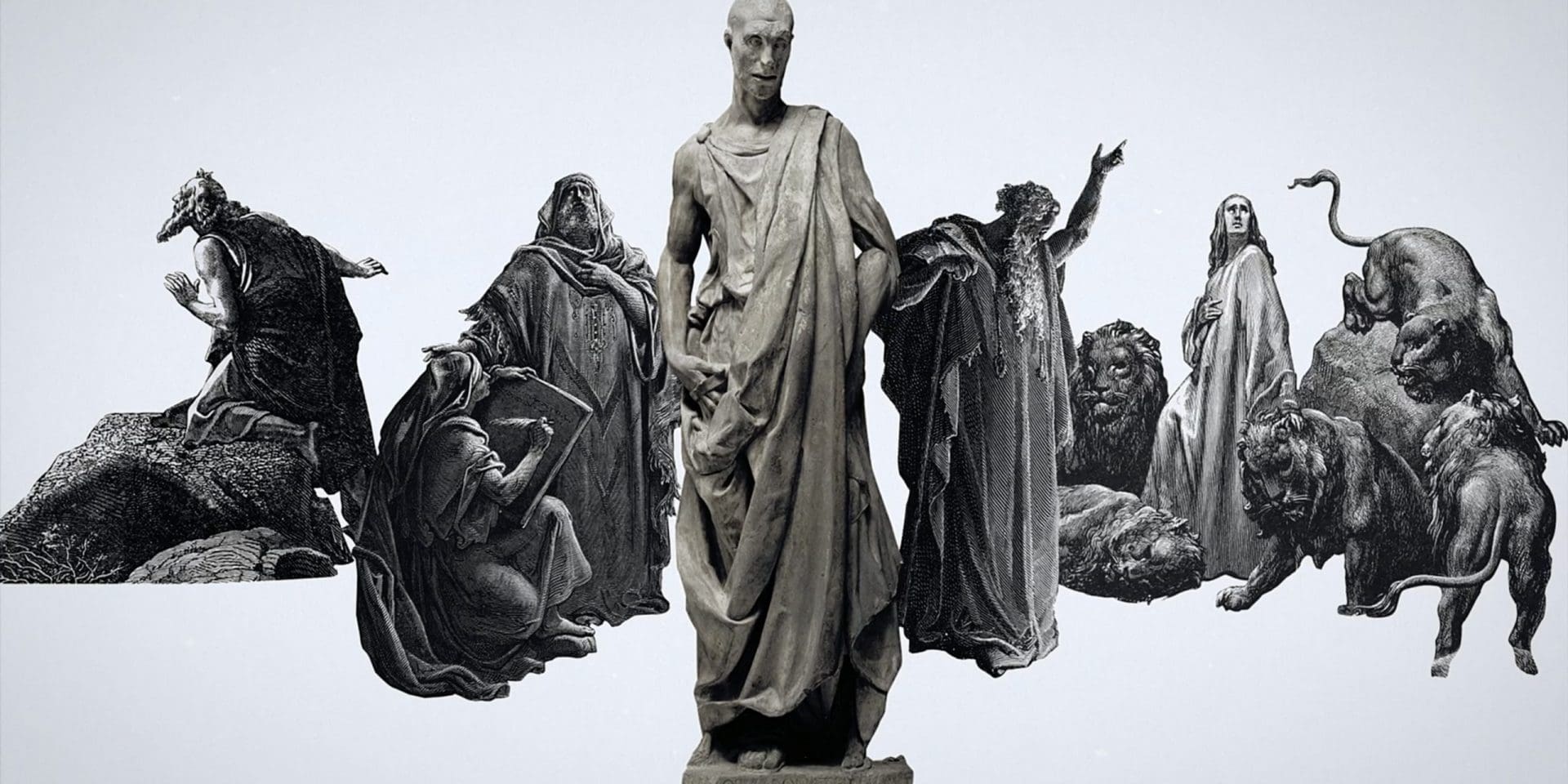The Old Testament book of Habakkuk records the visions of Habakkuk the prophet (Habakkuk 1:1, 3:1). Habakkuk himself did not record the time of his prophesies or which king was reigning in Judah when he prophesied, but thankfully it is not too difficult to discern based on historical analysis.
Historians and theologians put Habakkuk into one of two reigns. Either that of Josiah (640-609BC)[1] or early in the reign of Jehoiakim (609-598BC)[2]. This is based on Habakkuk’s prophecy of an imminent Babylonian invasion that began in 605 BC and continued for years, ending in the eventual destruction of the Temple in 586 BC. Based on Habakkuk’s description of the evil practices going on in Judah and Jerusalem (Habakkuk 1:2-4), dating him to late in the reign of king Josiah or early in the reign of king Jehoiakim seems most probable. This would make Habakkuk a contemporary of the prophets Zephaniah and Jeremiah and, perhaps, Ezekiel and Daniel.


Content of Habakkuk
The book of Habakkuk is unique in its structure and content. The first two chapters record Habakkuk’s complaints against God and then God’s replies to him. Habakkuk’s complaints no doubt echo the heart cries of many: Why do you allow evil, violence and injustice to go unchecked among your covenant people? (Habakkuk 1:1-4) And in response to God’s answer that He was bringing the Babylonians to execute judgment on his people, Habakkuk asks: How God could use people guilty of greater evil to bring judgment on a people who were less evil? (Habakkuk 1:12-17) The third chapter of Habakkuk records a Psalm, or hymn of praise written by Habakkuk likely for use in the Temple (Habakkuk 3:19).
The Apocryphal Habakkuk
Along with the three chapters of Habakkuk there are also extra-Biblical traditions about him. In the apocryphal chapters of Daniel that are called “Bel and the Dragon”, Daniel is thrown in the lion’s den for a second and longer time, but this time an angel goes to Judah and finds Habakkuk cooking a meal for his servants who are working his estate, the angel transports him and the meal to Daniel in the den. Habakkuk presents the meal and is transported back home (Bel and the Dragon 32-39, NRSV). These extra chapters of Daniel are not included within the Hebrew Bible (Judaism) or in Protestant Christian Bibles but are included by the Roman Catholic and Orthodox Bible translations.[3]

Archaeology & Habakkuk
A portion of the book of Habakkuk was also found among the famous Dead Sea Scrolls. Dating to the mid first century BC, it is a commentary on Habakkuk (1Q p Hab.) that includes Habakkuk 1 and 2 with a line-by-line commentary. Habakkuk 3 is not included likely because it was seen as being its own work as a psalm apart from the visionary work of chapters 1 and 2. This Habakkuk scroll (1Q p Hab.) has revealed the way that the Essene community understood and used the Scripture.[4] For them Habakkuk was an ancient code given by God that only their leader was given the cipher for; only their “Teacher of Righteousness” could give the true meaning of Biblical prophecy. For them, Habakkuk’s message was directly applicable to their own time.

Corie Bobechko is a daily co-host, speaker, and writer of Bible Discovery. She also hosts a YouTube channel that shows how history and archaeology prove the Bible. Her heart for seekers and skeptics has led her to seek truth and share it with others. Corie also has a Bachelor of Theology from Canada Christian College.
[1] https://www.esv.org/resources/esv-global-study-bible/introduction-to-habakkuk/
[2] https://biblicalstudies.org.uk/pdf/ffb/habakkuk_bruce.pdf
© 1958 University of Leeds Oriental Society
[3] https://www.newworldencyclopedia.org/entry/Bel_and_the_Dragon
https://www.christianity.com/wiki/bible/what-is-bel-and-the-dragon.html
[4] https://biblicalstudies.org.uk/pdf/ffb/habakkuk_bruce.pdf
© 1958 University of Leeds Oriental Society







I just like the helpful information you provide in your articles